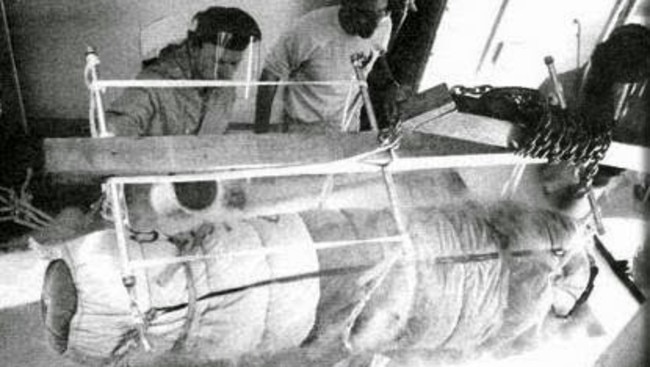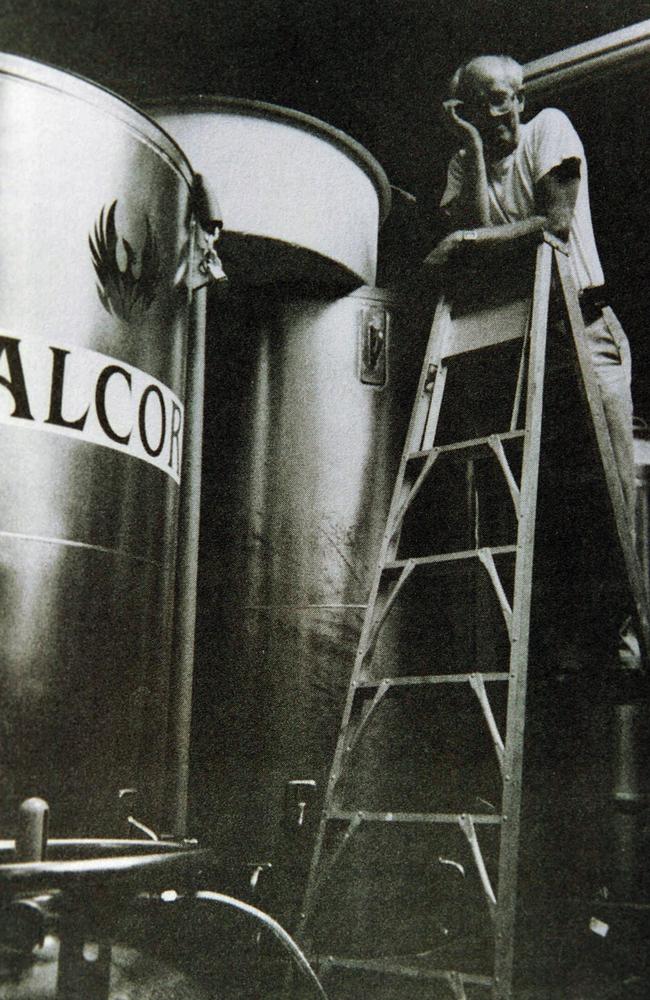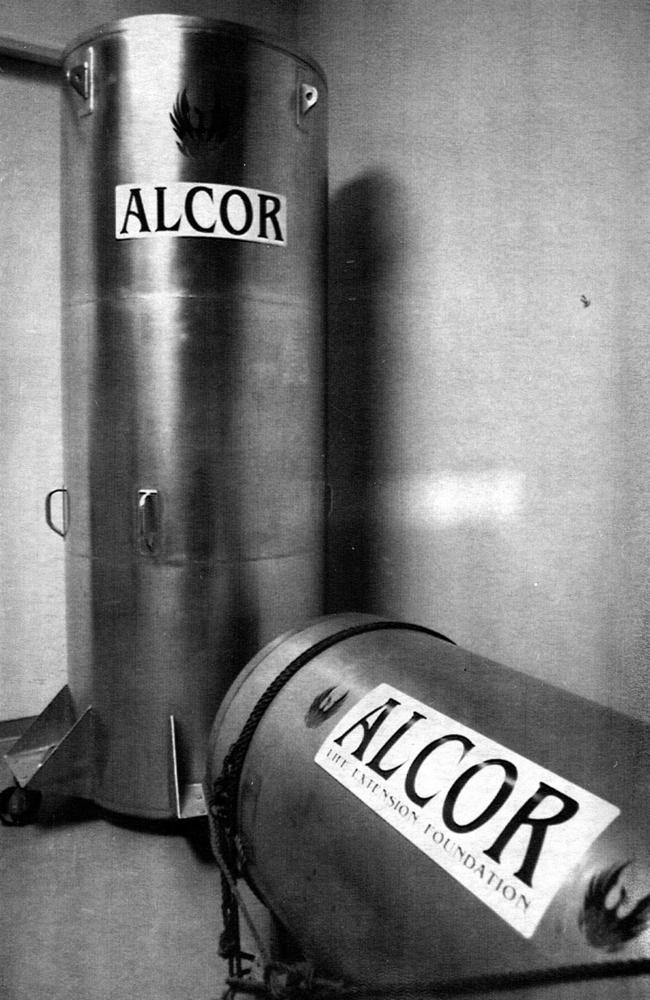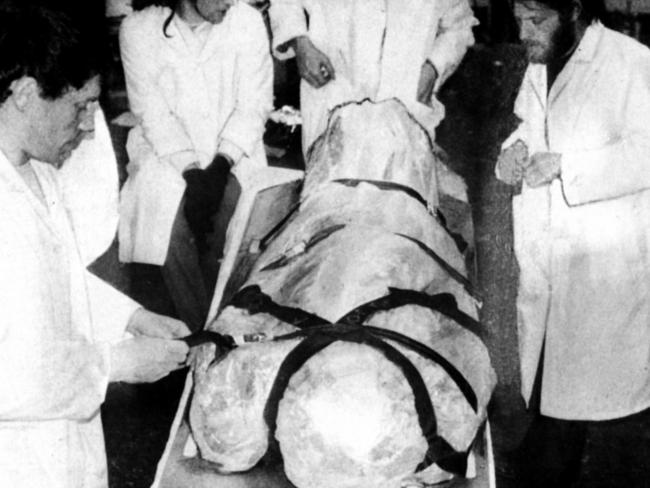In the scorching heat of Arizona, inside a nondescript building, lies one of science’s most controversial experiments—cryonic preservation. The Alcor Life Extension Foundation, a leading cryonics facility, houses individuals who have been frozen at -200°C in liquid nitrogen, awaiting a future where medical technology might bring them back to life.
Among them is James Bedford, the longest-preserved cryogenic human, whose body has remained frozen for over 50 years. His remains are stored in an aluminum cryogenic pod, alongside three others, in hopes that one day, scientific breakthroughs in biotechnology, regenerative medicine, and artificial intelligence may restore life.

The First Cryonically Preserved Human: James Bedford’s Story
James Bedford, a World War I veteran and psychology professor, was diagnosed with terminal kidney cancer in 1966. Instead of accepting death, he became the first person to undergo cryonic suspension, believing that future medical advancements could reverse his condition. In January 1967, his body was frozen at -200°C with the help of cryonics pioneer Bob Nelson.
Since then, Bedford’s body has been moved multiple times before finally arriving at Alcor, where he remains today. In 1991, scientists examined his condition, discovering that, despite ice damage and some discoloration, his body remained largely intact—fueling hope for the future of cryogenic revival.
The Science and Controversy Behind Cryonics
Cryonics operates on the belief that advanced medical technology will one day allow frozen bodies to be revived and cured of previously fatal conditions. However, the field remains highly controversial, facing challenges in:
✅ Scientific Viability – No human has ever been successfully revived after cryogenic preservation.
✅ Legal and Ethical Concerns – Families have fought over whether loved ones should be frozen or buried.
✅ Financial Struggles – Cryonics requires continuous financial support to maintain bodies in a frozen state indefinitely.
Despite these challenges, researchers have made significant progress. In a breakthrough study, MIT scientist Robert McIntyre successfully froze and revived a rabbit’s brain, preserving neuronal connections—a crucial step toward potential human revival.
Cryonics Facilities: Where the Frozen Wait for the Future
There are currently three major cryonics facilities worldwide:
🏢 Alcor Life Extension Foundation (Arizona, USA) – Home to James Bedford and other frozen individuals.
🏢 Cryonics Institute (Michigan, USA) – Offers whole-body and neuro-preservation services.
🏢 KrioRus (Russia) – Europe’s first cryonics facility, specializing in brain and body preservation.
While advancements in nanotechnology, regenerative medicine, and artificial intelligence may one day make revival possible, today’s cryonics is still a gamble with the unknown.
Famous Figures Who Chose Cryonics
Several well-known figures have opted for cryonic suspension, hoping to cheat death:
🧊 Ted Williams (Baseball Legend) – Frozen in 2002, his case sparked legal battles over his remains.
🧊 Dick Clair Jones (TV Producer) – An outspoken cryonics advocate, frozen in 1988.
🧊 Dora Kent – Alcor faced murder charges after preserving her body, leading to legal disputes.
The Future of Cryonics: Hope or Science Fiction?
While scientists continue researching life extension technologies, the dream of human revival remains distant. Cryonics raises ethical, legal, and emotional questions, but it also reflects humanity’s relentless pursuit of immortality.
Will these frozen individuals one day wake up in a future filled with advanced medicine, AI-driven healthcare, and longevity breakthroughs? Or will they remain forever suspended, victims of an unfulfilled dream?






